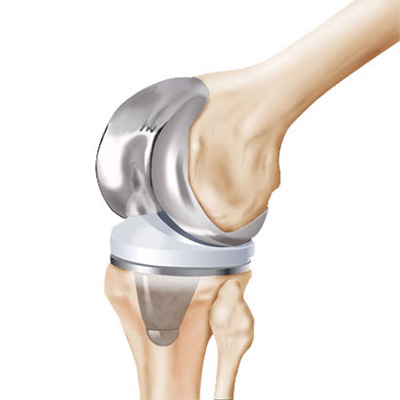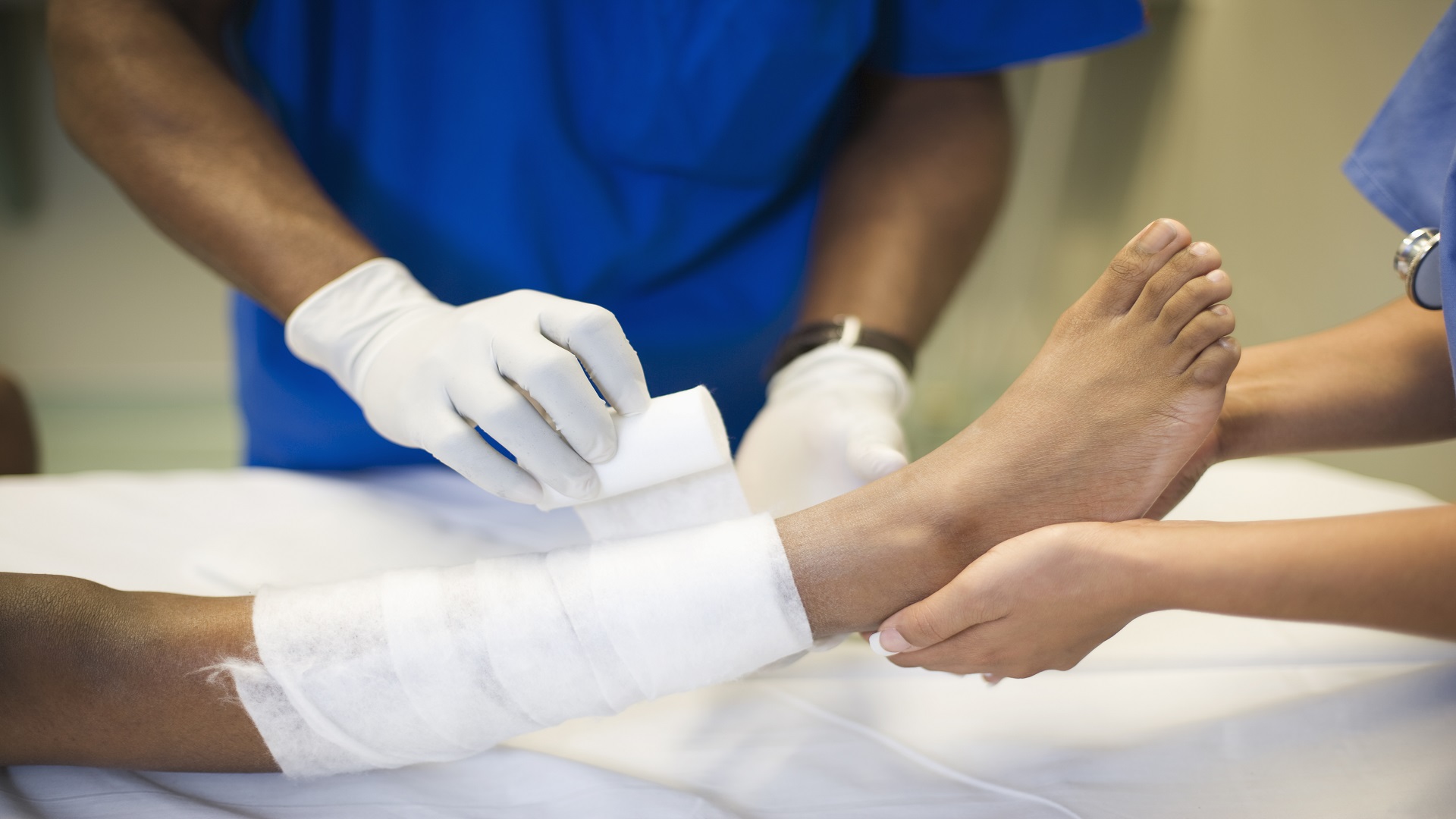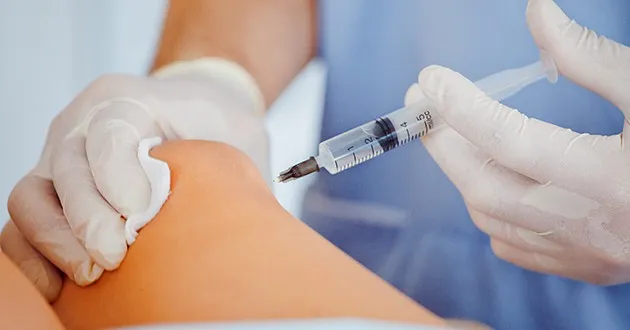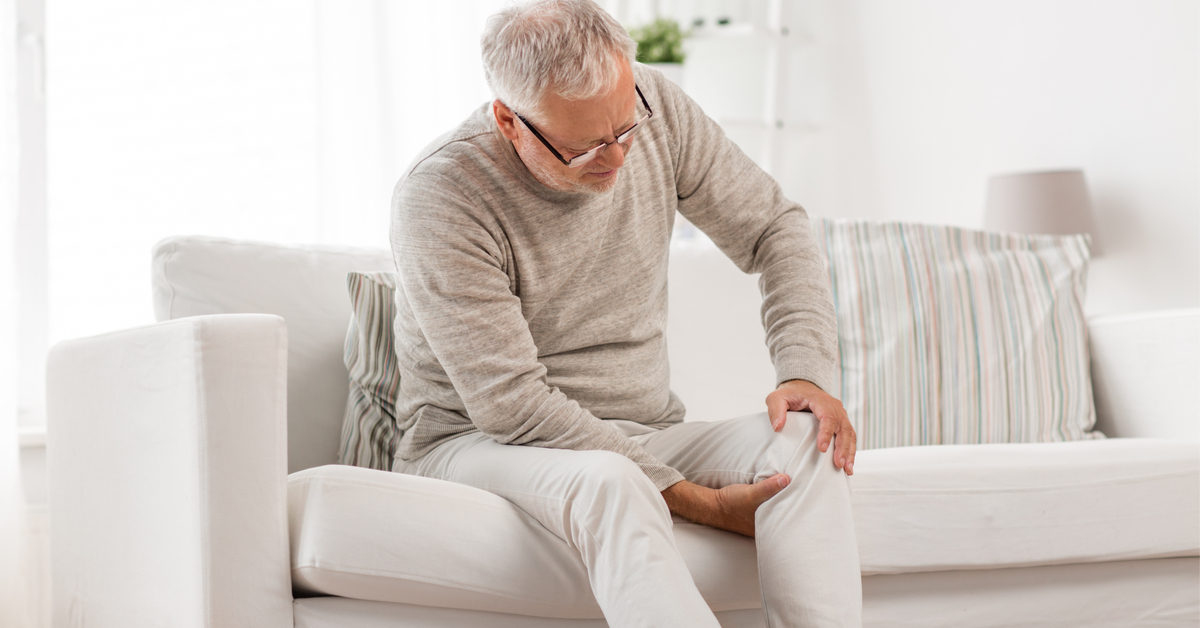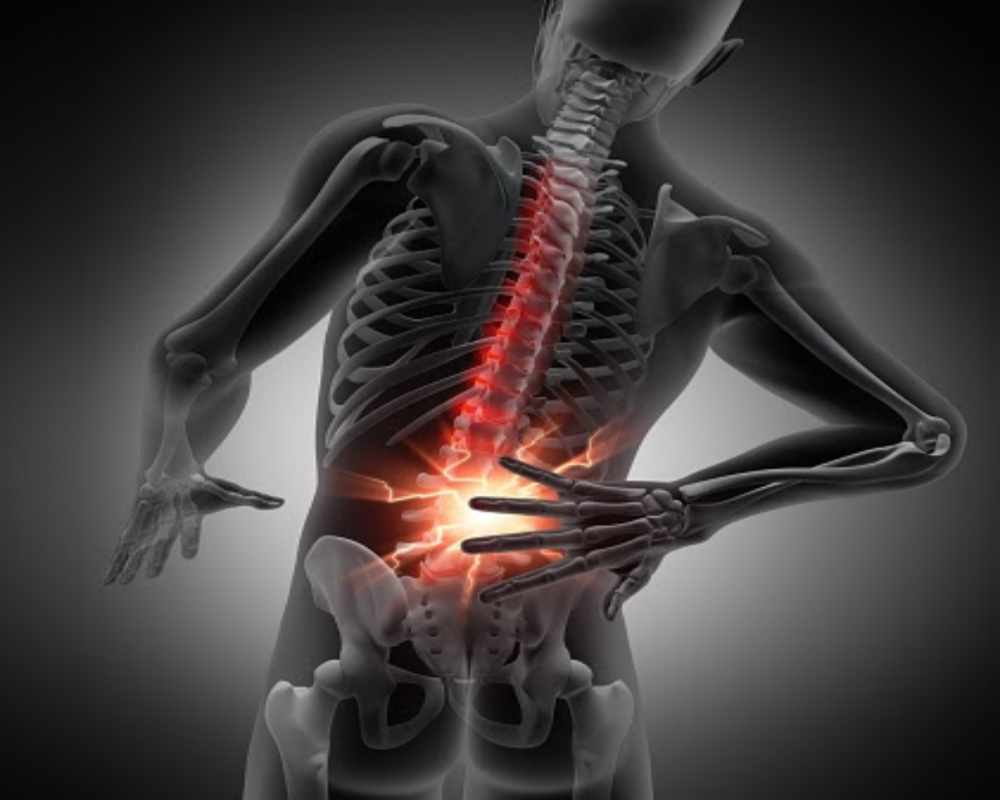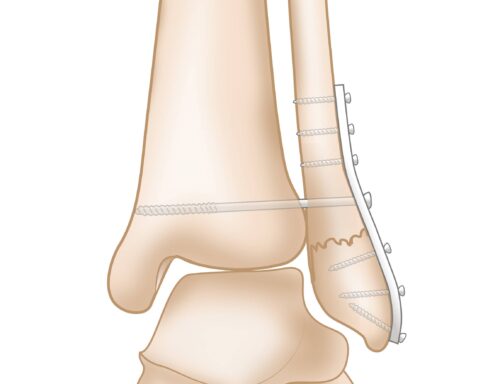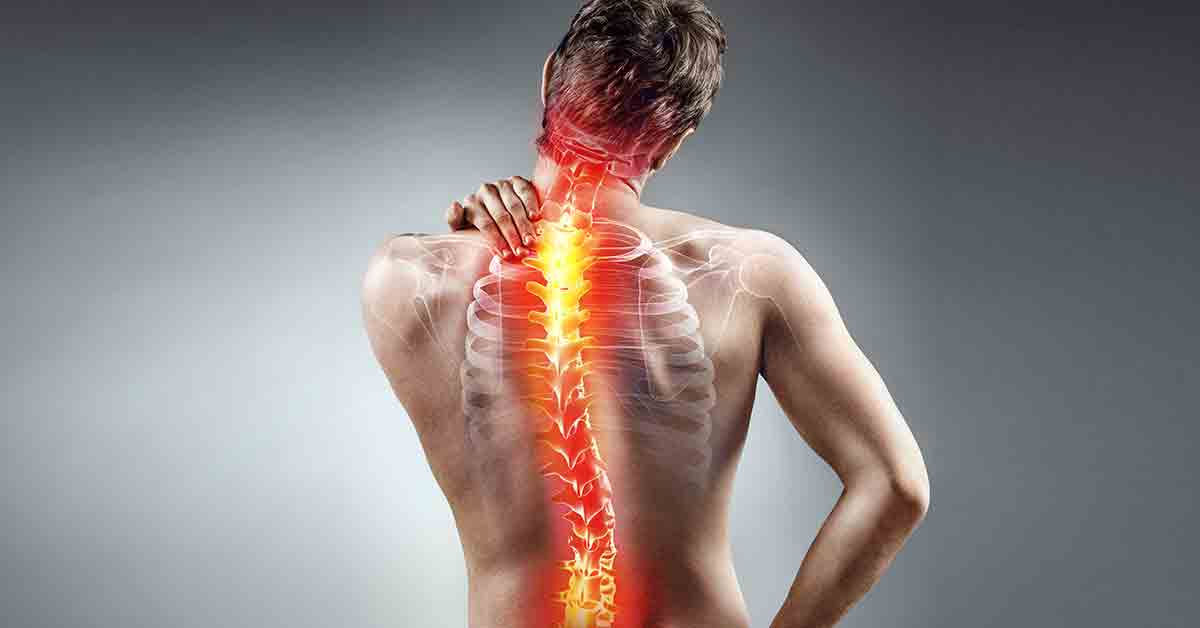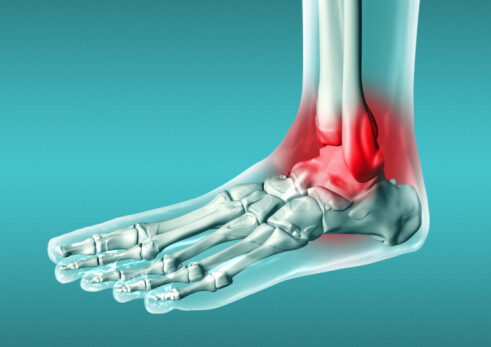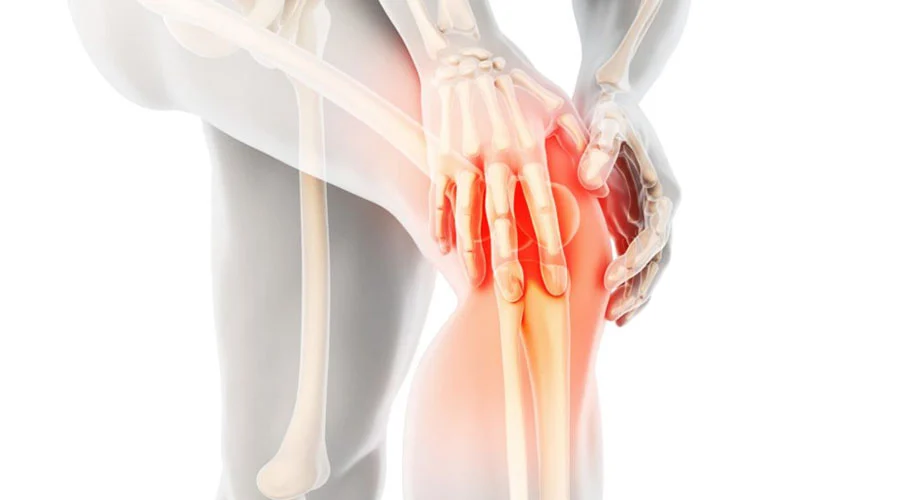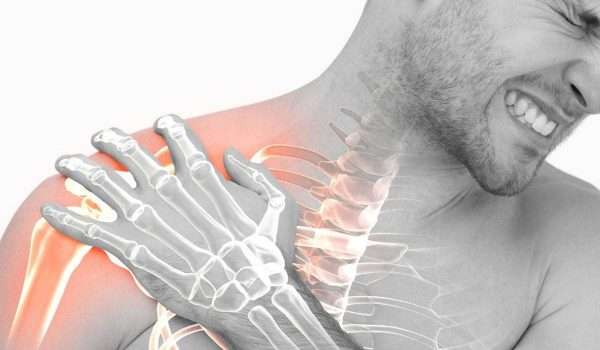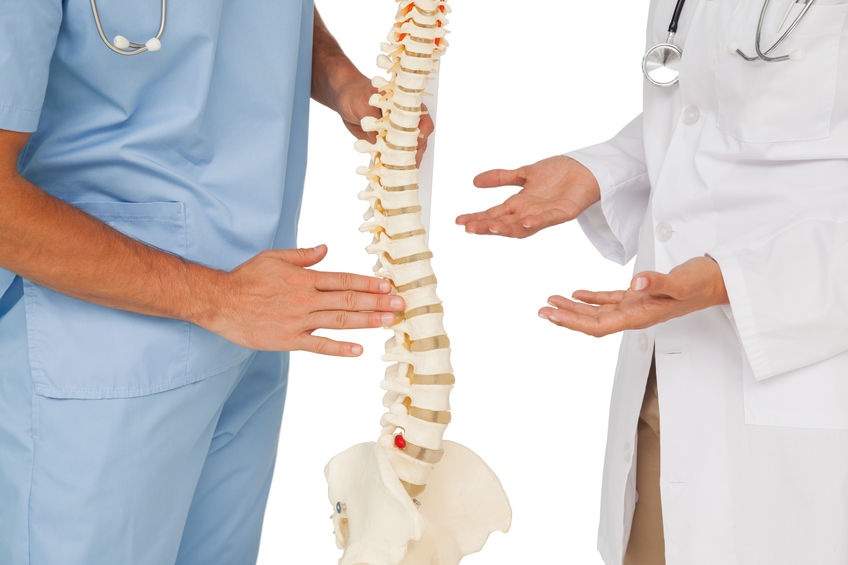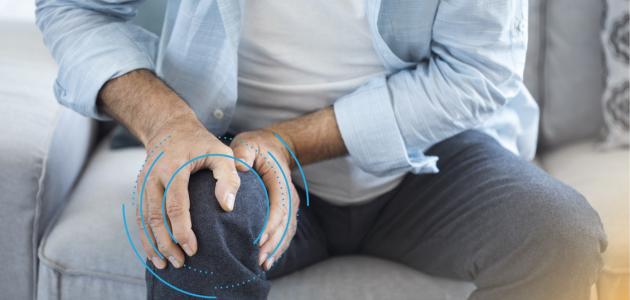!Explore New Treatment for Joint Arthritis and How to Diagnose This Disease with Us
New Treatment for Joint Stiffness, There is no doubt that joint stiffness is one of the annoying injuries that results in severe pain that affects the patient’s life and daily activity. In this article, we will learn in some detail about the most important available treatment methods to overcome this condition, in addition to the details related to the symptoms of stiffness and the causes of injury.

New Treatment for Joint Stiffness
Many people may suffer from joint stiffness, which is a chronic disorder that causes damage to the cartilage and surrounding tissues of the joints. This results in pain, stiffness, and decreased normal joint function. Among the joints where joint stiffness occurs, knee stiffness is the most common.
Over the past few years, methods for dealing with cases of knee and other joint stiffness, such as the hip, shoulder, ankle, and elbow, have advanced. With the advancement of medical science and technology, researchers and doctors are offering a new solution that can help alleviate pain and improve the movement of the affected joint with stiffness.
Hyaluronic acid injections in the knee are among the most common types of knee stiffness treatments, as they are effective in improving the quality of life for patients with the condition. In most cases, this treatment is applied in the form of a series of successive injections to achieve a better effect.
Hyaluronic acid injections in the knee are generally safe and harmless, as they do not cause serious side effects. However, patients should consult a specialist doctor before undertaking any type of treatment to ensure proper diagnosis and determine the most appropriate treatment for the condition.
In addition to using hyaluronic acid injections, there are several other possible alternatives for treating knee stiffness. The treating physician may suggest other treatments such as therapeutic massage, rehabilitation exercises, lifestyle changes, and weight loss in case the patient is obese.
What is Joint Stiffness?
It is a condition characterized by the deterioration and damage of the protective cartilage between the bones in the joint. Joint stiffness is considered a chronic disease that affects the quality of life of individuals and reduces their ability to move and perform daily activities normally.
Pain, swelling, stiffness, and a harsh sound during movement are common symptoms of joint stiffness. Joint stiffness occurs primarily in weight-bearing joints such as the knee and hip, and old age and natural wear and tear of the body may be among the main causes of its occurrence.
Genetic factors, smoking, exposure to recurrent injuries or excessive physical forces on the joints are contributing factors to the increased risk of developing joint stiffness. The prevalence of this condition increases with age, as the cartilage wears out over time.
Although there is no definitive cure for joint stiffness, there are some measures that can be taken to alleviate symptoms and improve comfort. Physical therapy can be used to increase endurance and strengthen the muscles surrounding the affected joints. Pain and swelling can also be relieved by applying ice or using non-steroidal anti-inflammatory drugs.
Discover how Dr. Amr Amal can help you with a new treatment for joint stiffness and effectively enhance strength and flexibility. For more information on the optimal solution for knee and joint stiffness, click here.
Causes of Joint Stiffness
- Aging and Advancing Age:
Aging and advancing age are among the most important factors that increase the likelihood of developing joint stiffness. Over time, the body’s joints become worn and more brittle and stiff, leading to the onset of symptoms of joint stiffness. - Genetic Factors:
Genetic factors may play a role in the development of joint stiffness. If you have a family member with this condition, you may also be at risk of developing it. - Obesity:
Excess weight and obesity are major risk factors for developing joint stiffness. Excess weight puts additional stress on the joints, especially the knee joint, leading to faster cartilage wear. - Excessive Physical Activity:
When a joint is subjected to excessive and continuous stress due to strenuous physical activities or sports with high impact, it can lead to cartilage wear and the development of joint stiffness. - Previous Injuries:
Previous injuries to the joints may increase the risk of developing joint stiffness. When a joint is injured, the balance of forces and stresses on the joint can change, leading to greater cartilage wear. - Chronic Diseases:
Some chronic diseases such as rheumatoid arthritis and gout can lead to the development of joint stiffness. These diseases cause cartilage damage and joint inflammation, leading to recurrent joint wear and symptoms. - Medical Treatments:
It is possible for some medical treatments, such as surgery and procedures targeting the joints, to lead to the development of joint stiffness as a side effect. Therefore, maintaining the use of natural treatments and appropriate precautionary measures is important to reduce these risks.To protect your joints and prevent joint stiffness, it is recommended to maintain regular moderate physical activity, follow a healthy and balanced diet, avoid chronic diseases, and regularly consult a doctor to check your joints and assess your joint health.
What are the Symptoms of Joint Stiffness?
Joint stiffness is a common health condition that many people suffer from at various stages of their lives. This condition is characterized by the deterioration of the cartilage between the joints, leading to direct bone-on-bone friction and causing severe pain and joint stiffness. In this context, we will discuss the most prominent symptoms of joint stiffness, which include the following:
- Joint Pain:
Pain is one of the main symptoms of joint stiffness. The pain can be constant or intermittent, and it can worsen with movement or after a long period of rest. The pain may also be accompanied by a burning or stabbing sensation in the affected joints. - Joint Stiffness:
People with joint stiffness experience stiffness in their joints and difficulty moving them normally. This is particularly noticeable when waking up from sleep or after a long period of sitting. The joints primarily affected are the knees, hips, and fingers. - Joint Swelling:
Patients with joint stiffness may notice that the affected joints swell and become red and hot to the touch. These symptoms are common in the knees, ankles, and small joints in the fingers. - Crunching or Crackling Sound in the Joints:
Some patients may find that when they move their affected joints, they hear a crunching or crackling sound. This sound occurs due to the friction of the bones against each other as a result of cartilage wear. - Weakness and Instability:
Some people with joint stiffness experience weakness and instability in the affected joints. Performing simple daily activities such as climbing stairs or getting up and down can become difficult.
Dr. Amr Amal uses the latest techniques to provide excellent care for a new treatment for joint stiffness. To learn more about the causes and symptoms of joint stiffness, read this article.

What are the Complications of Joint Stiffness?
Over time and as the person ages, some complications may arise from joint stiffness. In this article, we will discuss some of the most important complications that should be considered when dealing with joint stiffness, including the following:
1. Rheumatoid Arthritis
Rheumatoid arthritis is one of the most prominent complications that can arise from joint stiffness. This disease causes recurrent joint swelling and inflammation and can affect the joints in the hands, feet, and other joints in the body. Early and proper treatment of rheumatoid arthritis is essential to prevent the condition from deteriorating and provide relief to the patient.
2. Joint Stiffness
Joint stiffness is a common complication of joint stiffness, occurring when a person finds it difficult to move a joint. Joint stiffness is associated with decreased mobility, muscle laxity, and relaxation in the surrounding ligaments and tendons. It is important that this issue is effectively managed through physical therapy, regular exercises, and pain relievers to reduce inflammation and pain.
3. Joint Deformity
Joint deformity is another complication of joint stiffness and occurs when the damaged cartilage undergoes further wear and destruction. Joint deformity leads to a change in the shape of the joint and a deterioration in function. Joint deformity may be visible, such as a bent knee or bone compression in the hip joint. Treatment for joint deformity depends on the extent of the damage and symptoms, and in some cases, surgery may be required to restore the function of the affected joints.
4. Impact on Daily Life
Joint stiffness and its complications can significantly reduce a person’s ability to perform daily activities normally. The patient may find it difficult to move the affected joints and perform simple activities such as walking, climbing stairs, lying down, and sitting. The patient may also experience constant and severe pain, which can affect their overall quality of life.
5. Depression and Anxiety
People with joint stiffness may experience depression and anxiety due to constant pain, restricted movement, and the impact of the condition on their daily lives. Feelings of frustration and resentment from chronic symptoms can have a negative impact on the patient’s mental and emotional health, and psychological support and treatment may be required to cope with these psychological effects.
How is Joint Stiffness Diagnosed?
Joint stiffness is a painful condition and a health problem that affects a person’s movement and quality of life. It requires an accurate diagnosis for any initial suspicion of joint problems. In the following points, we will highlight some of the basic steps that can be followed to diagnose joint stiffness, including:
- Consult a Doctor:
The first step in diagnosing joint stiffness is to consult a specialist doctor in musculoskeletal and bone diseases. The doctor should be specialized in diagnosing and treating joint problems. Inquire about their medical background, experience, and any credentials or certifications they have in this field. - Medical History:
The doctor will ask you about your medical history related to any previous joint injuries, rheumatic diseases, or previous joint inflammation. It may be important to record the symptoms you are experiencing, such as pain, swelling, and stiffness of movement. - Physical Examination:
The doctor will perform a physical examination of the suspected joints. The flexibility and function of the joint will be examined. The examination may include checking for crepitus, swelling, and heat, as well as testing joint movement. - Laboratory Tests:
The doctor may recommend laboratory tests to confirm the initial diagnosis. Tests may include checking for inflammation levels in the blood, erythrocyte sedimentation rate (ESR), rheumatoid factor (RF), and a complete blood count. - X-rays:
It is possible that the doctor may recommend an X-ray of the affected joint. X-rays help clarify the condition of the joint and the extent of any stiffness. The X-ray report may show erosion, bone fractures, and any other changes. - Magnetic Resonance Imaging (MRI) of the Joints:
In some cases, the doctor may recommend an MRI of the affected joint. This test provides detailed images of the affected joint and helps the doctor diagnose stiffness and assess the potential extent of cartilage damage.
How to Prevent Joint Stiffness
Joint stiffness is a painful and complex condition that can significantly impact a person’s life, so taking care of your joints and working to prevent stiffness is extremely important. Therefore, we will provide you with effective guidelines to help prevent joint stiffness and maintain their health as follows:
- Exercise:
- Perform appropriate exercises to strengthen the muscles supporting the joint and increase their flexibility. This enhances joint stability and reduces the risk of injury.
- Avoid staying in one position for an extended period, as prolonged sitting can increase knee stiffness and cause pain when resuming movement. You should move and change your positions regularly.
- Proper Nutrition:
- Eat a balanced diet rich in essential nutrients for joint health. You should consume fruits, vegetables, fiber-rich foods, proteins, and omega-3 fatty acids.
- Take nutritional supplements designed for treating joint pain and inflammation, such as glucosamine and chondroitin, as they have anti-inflammatory properties and promote joint health.
- Ideal Weight:
- Maintain a healthy and ideal weight. Excess weight puts additional stress on the joints, especially the knees. Therefore, you should focus on maintaining a suitable weight and losing weight if you are overweight.
- Protect Your Knees:
- Avoid standing for long periods to prevent excessive stress on the knees. It is preferable to alternate between sitting and standing positions regularly to reduce joint stress.
- Practice physical or body measures such as applying hot or cold compresses to the joint to relieve symptoms. Cold compresses are effective in reducing joint pain and inflammation.
By implementing and regularly following these guidelines, you will contribute to preventing joint stiffness and maintaining joint health effectively. If you experience persistent symptoms or joint problems, it is advisable to visit a doctor to assess the situation and consult with specialists. We recommend Dr. Amr Amal, who offers advanced treatments to alleviate joint stiffness.
What are the Exercises for Joint Stiffness?
The top 6 exercises for strengthening joints and relieving pain are as follows:
- Knee Raises: Knee raises are one of the main exercises for strengthening the hip muscles and supporting hip joint flexibility. This exercise can be easily performed at home. Stand and raise one leg in the air for about 10 to 15 seconds, then return the foot to the ground and repeat the movement with the other leg. This exercise can have a significant impact on improving joint health and reducing knee pain.
- Exercises to Strengthen the Muscles Around the Knee: There are a set of exercises that target strengthening the muscles surrounding the knee joint, which can help reduce joint stiffness. Among these exercises, for example, are squats, where you stand and bend your knees slowly and return to a standing position, and leg raises, where you lie on your back and gradually raise your leg up and slowly return to the starting position.
- Stretching Exercises: Stretching exercises are an important part of an exercise program for joint stiffness. It is believed that stretching helps improve joint flexibility and reduce tension in the surrounding muscles. You can perform stretching exercises simply by bending your knee, sitting on the floor, and grabbing your foot with your hands and pulling it towards your body as much as possible to feel the stretch in the knee and surrounding muscles.
- Water Walking: One effective way to treat joint stiffness is water walking. Water is a fluid medium that reduces the force of gravity on the joints, helping to alleviate pain and improve movement. Walk in the water for 15 to 20 minutes each day for maximum benefit.
- Yoga: Yoga is also beneficial for strengthening muscles and improving joint flexibility. There are some yoga exercises specifically designed to relieve knee pain and improve joint health. It is recommended to attend a qualified yoga class to fully benefit and avoid exercises that may increase knee pain.
- Swimming: Swimming is one of the great exercises for strengthening all the muscles of the body without putting stress on the joints. Thanks to the water’s support for the body, swimming can contribute to enhancing joint health and reducing pain.
Consult your doctor before starting any new exercise program to ensure its suitability for your health condition and avoid any further injuries or problems. Perform these exercises regularly, and over time, you will notice an improvement in joint health and reduced pain. For more information on knee stiffness and exercises that treat it, click here.
Does Walking Help Relieve Joint Stiffness?
Due to its numerous benefits, walking is considered one of the important ways to alleviate joint stiffness. It has been proven that physical activity, including walking, contributes to reducing the patient’s excess weight and thereby reducing the loads on the joints.
It is worth noting that walking is also an effective way to treat joint stiffness in the spine, as it can help perform certain exercises to relieve pain. It may also be necessary to support the back in cases of severe pain, and walking should be considered an effective natural treatment for advanced joint stiffness, as walking can reduce stress on the joints and help achieve balance and stability.
Through walking, the muscles surrounding the knee joint can be strengthened, which helps reduce pain. Scientific studies have shown that practicing walking helps reduce pain and also slows the deterioration in the joints. You can prepare for a pain-free life with Dr. Amr Amal’s techniques for a new treatment for joint stiffness.
If you want to know more about the role of walking and its effect on the condition of knee stiffness, we recommend the following article.
Is Bone Broth Helpful for Joint Stiffness?
Orthopedic experts indicate that there is no scientific evidence to prove the effectiveness of bone broth in treating this condition. Dr. Amr Amal, a consultant in orthopedic and joint surgery, confirmed that there is no reliable evidence to confirm the effectiveness of this broth in treating knee and foot stiffness.
Despite this, some specialists suggest that consuming bone broth may have some other health benefits. For example, it may be beneficial for bone problems such as stiffness and arthritis, as well as its ability to add gelatin to the diet. It is also mentioned that consuming it can enhance digestive health, based on other foods mentioned by specialists such as turmeric, broccoli, strawberries, berries, and avocados.
However, please note that these benefits may be uncertain and depend on the research and studies available so far. Before including bone broth in your diet as part of treating joint stiffness, it is recommended to consult a specialist for professional advice and proper guidance. You can enjoy long-lasting relief from a new treatment for joint stiffness with Dr. Amr Amal.
What Herbs Treat Joint Stiffness?
Natural herbs have gained increasing popularity in treating this condition, as they are considered a safe and natural alternative to chemical drugs. In this article, we will discuss some herbs that are said to help treat joint stiffness and relieve pain, including:
- Ginger:
Ginger is a potent anti-inflammatory, which helps reduce the pain associated with joint stiffness. Ginger can be consumed fresh or in powdered form added to hot beverages. - Turmeric:
Turmeric is a popular spice in our kitchens and contains a compound called curcumin, which is a potent anti-inflammatory. Turmeric can be added to food or used to prepare a turmeric drink to benefit from its potential benefits. - Cinnamon:
Cinnamon has anti-inflammatory properties and may help reduce pain and inflammation associated with joint stiffness. Cinnamon can be added to foods or used to prepare a hot drink. - Cat’s Claw:
This herb is considered a natural pain reliever, as it is said to work on reducing pain and inflammation caused by joint stiffness. The bark of cat’s claw can be used to prepare tea or in the form of a natural ointment to massage the affected area.
In addition to the herbs mentioned above, there are also some natural oils that can be used to treat joint stiffness. Sesame oil is known for its ability to treat joint inflammation and strengthen bones. Olive oil is also considered an important oil in treating knee stiffness, as it helps relieve the pain associated with stiffness and works to regenerate tissues.
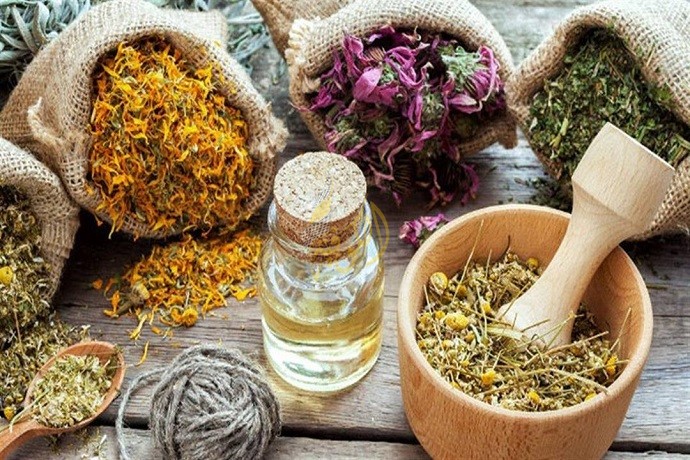
Who is the Best Doctor for Treating Joint Stiffness in Egypt?
Egypt is well-known for having a prominent presence of many specialized doctors in the field of orthopedic and joint surgery. Although there are many renowned names, Dr. Amr Amal is undoubtedly the best doctor for treating joint stiffness in the country.
Dr. Amr Amal is a consultant and lecturer in orthopedic and joint medicine and surgery at the Faculty of Medicine, Ain Shams University in Cairo. Dr. Amr is distinguished by his extensive experience in treating cases of joint stiffness, and he is among the few doctors who use the latest techniques and non-surgical procedures to treat this condition.
When a patient meets Dr. Amr for the first time, he conducts a comprehensive physical examination to assess the patient’s condition and identify the symptoms they are experiencing. Dr. Amal carefully listens to the patient’s problems and needs, and provides them with a personalized treatment plan tailored to their individual condition.
Among the treatment techniques adopted by Dr. Amr are physical therapy and special exercises to strengthen the muscles surrounding the affected joint and improve its movement. Dr. Amal also provides a range of medications and nutritional supplements that enhance joint health.
If the patient’s condition requires surgical intervention, Dr. Amr relies on modern minimally invasive surgical techniques to minimize disruption and accelerate the recovery process. Thanks to his high skill and extensive experience, Dr. Amal performs successful surgical procedures that restore patients’ movement and comfort. Dr. Amr not only provides excellent therapeutic services but also receives positive evaluations from patients who have been treated by him. They praise his individual attention and dedication to providing them with the necessary comfort and care.

